in the Treasure Valley, including Middleton, Star, Eagle, Meridian, Nampa & Surrounding Areas
Home » Property Care Tips » Tree & Shrub
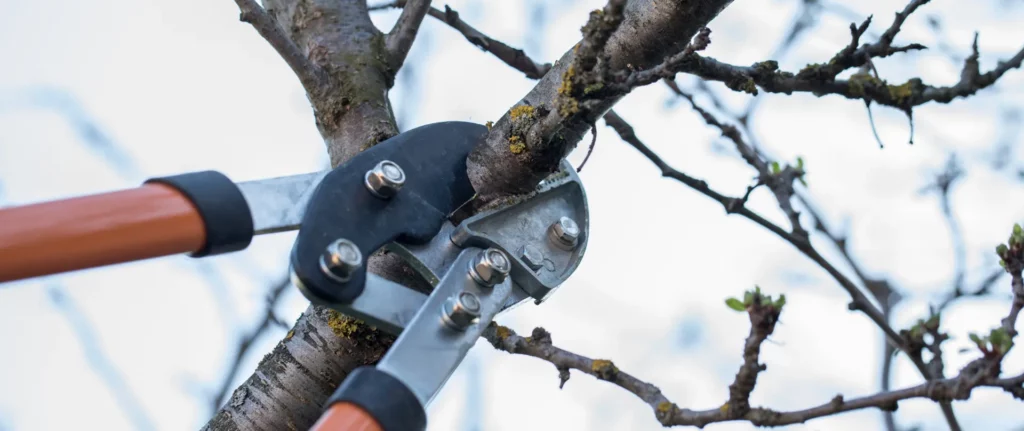
Proper care and maintenance of your landscape will enhance its beauty and enjoyment for years to come. One crucial aspect of tree and shrub care is pruning. Knowing the best time to prune and the reasons for doing so can help you achieve a healthy, thriving landscape.
Late fall and early spring are the best times for pruning because trees and shrubs are not actively growing. During these seasons, the absence of leaves makes it easier to see the limbs and branches and navigate the shape of the trees and shrubs more clearly. However, avoid pruning during freezing temperatures, as this can cause injury from limb breakage instead of smooth, clean cuts.
Pruning lower branches creates clearance for landscaping mulch and makes it easier to use mowing and trimming equipment. It also contributes to a visually pleasing landscape for people and wildlife to enjoy, increasing the value and attractiveness of your property.
Removing dead, diseased, or oddly shaped branches improves the appearance of your trees and shrubs and eliminates conditions that may attract pests and diseases.
Pruning specific branches to increase light and airflow into the canopy promotes healthy tree growth by enhancing photosynthesis absorption and improving the aesthetic appeal of your trees and shrubs.
Pruning lower branches creates clearance for landscaping mulch and makes it easier to use mowing and trimming equipment. It also contributes to a visually pleasing landscape for people and wildlife to enjoy, increasing the value and attractiveness of your property.
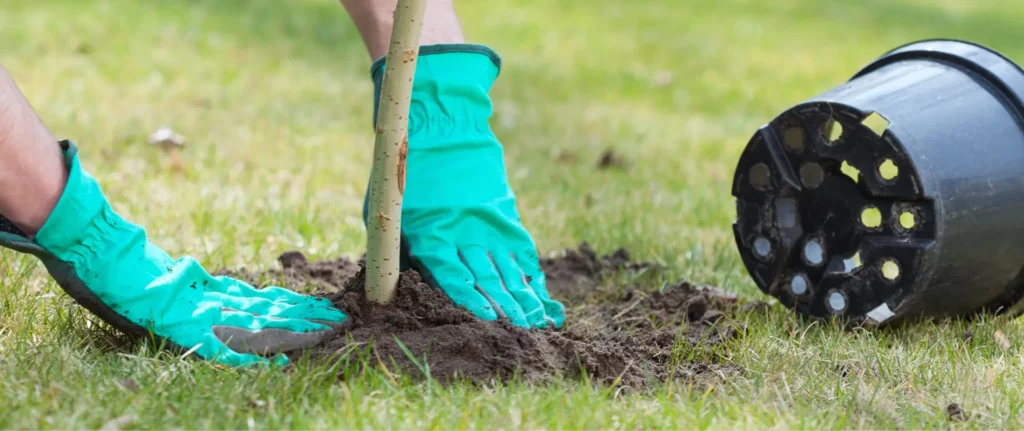
Planting trees is a great way to add beauty and value to your property. However, improper planting can have devastating effects on their health and lifespan. Many trees we are asked to diagnose have been planted incorrectly and are now suffering from the effects of it. It is essential to learn proper tree planting
Tree girdling is one of the most common effects of improper planting. Tree girdling occurs when twine, wires, or ropes are left on the root balls during planting. This can cause the tree to be strangled, leading to a loss of nutrient and water uptake. As a result, the tree becomes weak and eventually dies.
Circular girdling roots are also caused by incorrect planting. Circular girdling roots are also a common problem caused by incorrect planting. These roots grow in a circle around the tree’s base instead of in an outward linear fashion. As the roots grow, they can constrict the tree’s root system, causing poor support and instability.
Learn how to prevent girdling roots when you plant your trees by watching this video from the University of Illinois Extension: Girdling Roots on Trees
Watch this video from an ISA Certified Arborist to learn How to Treat and Remove Tree Girdling Roots
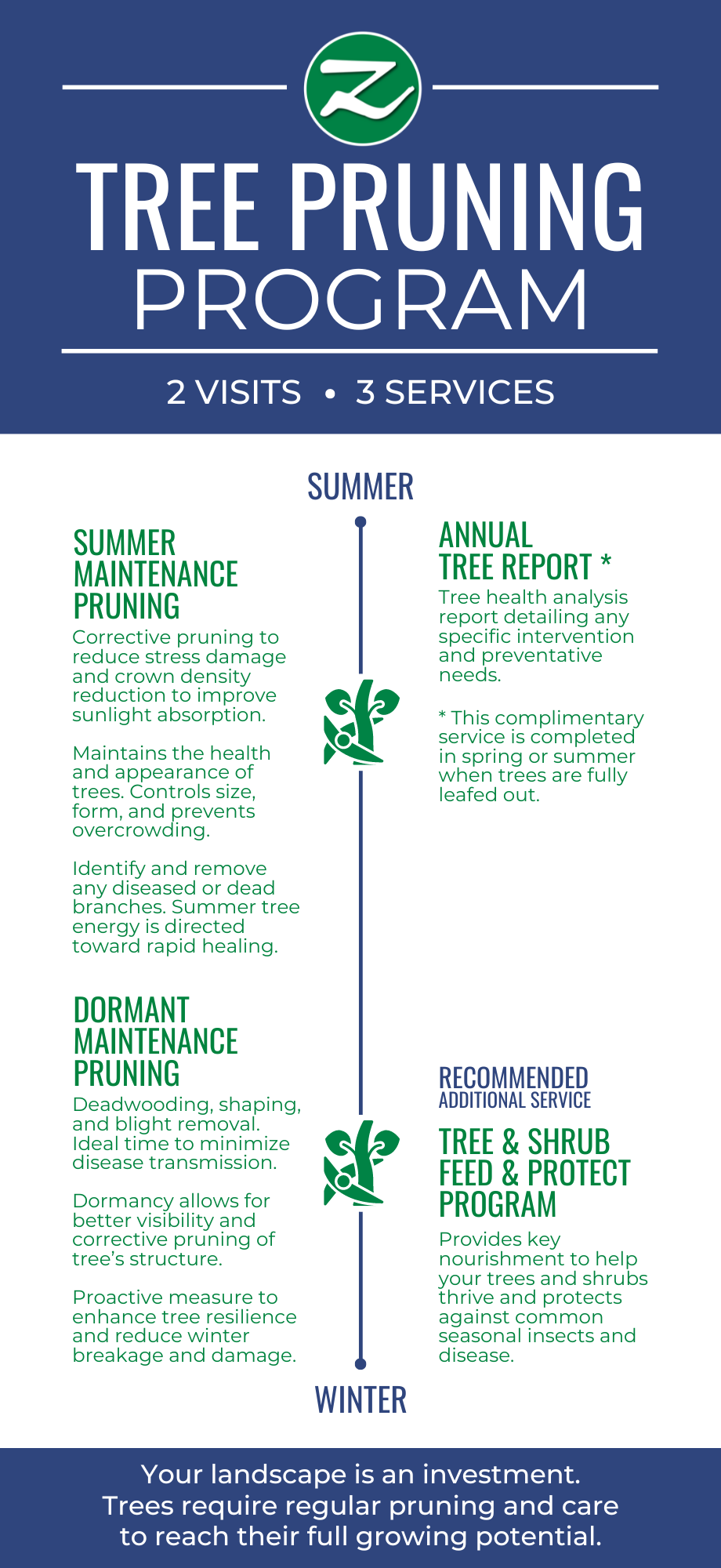
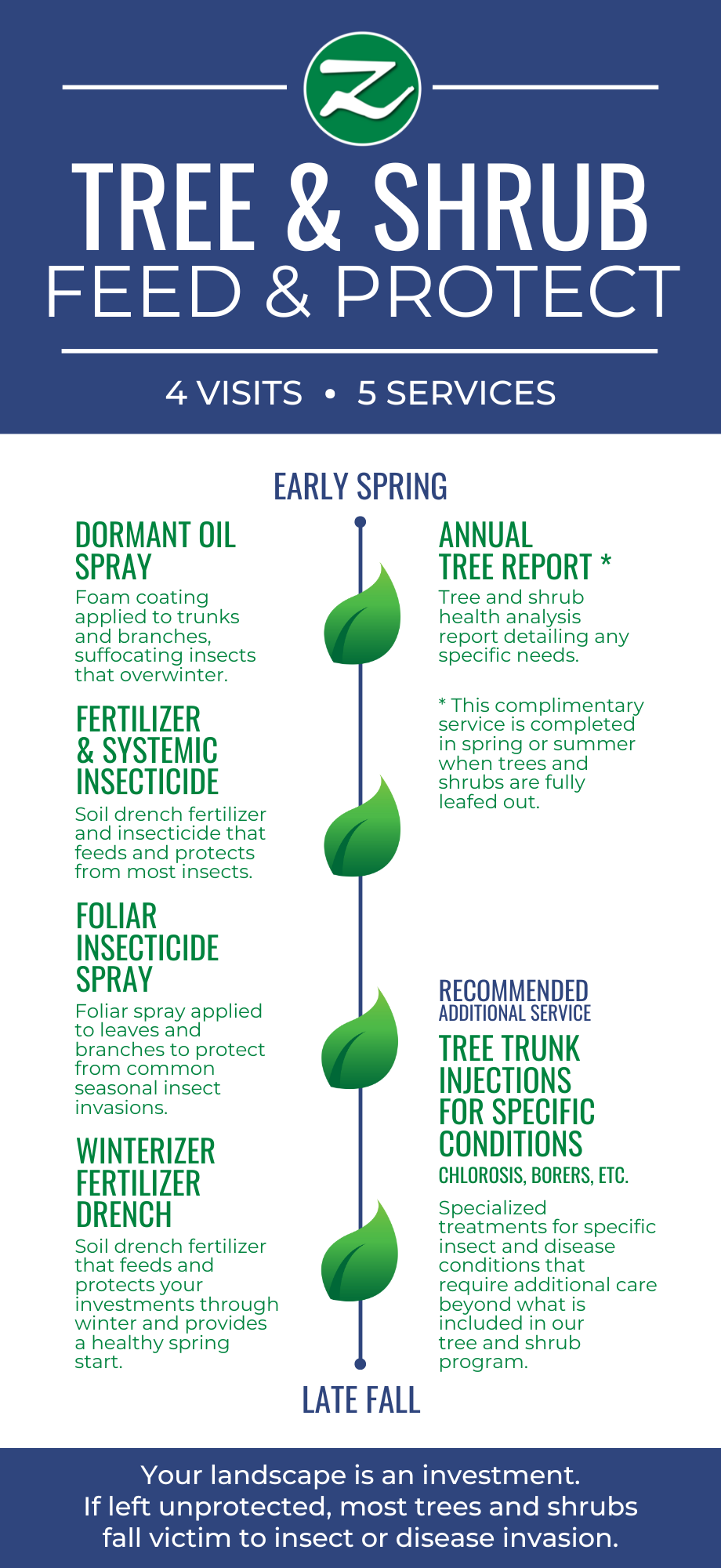
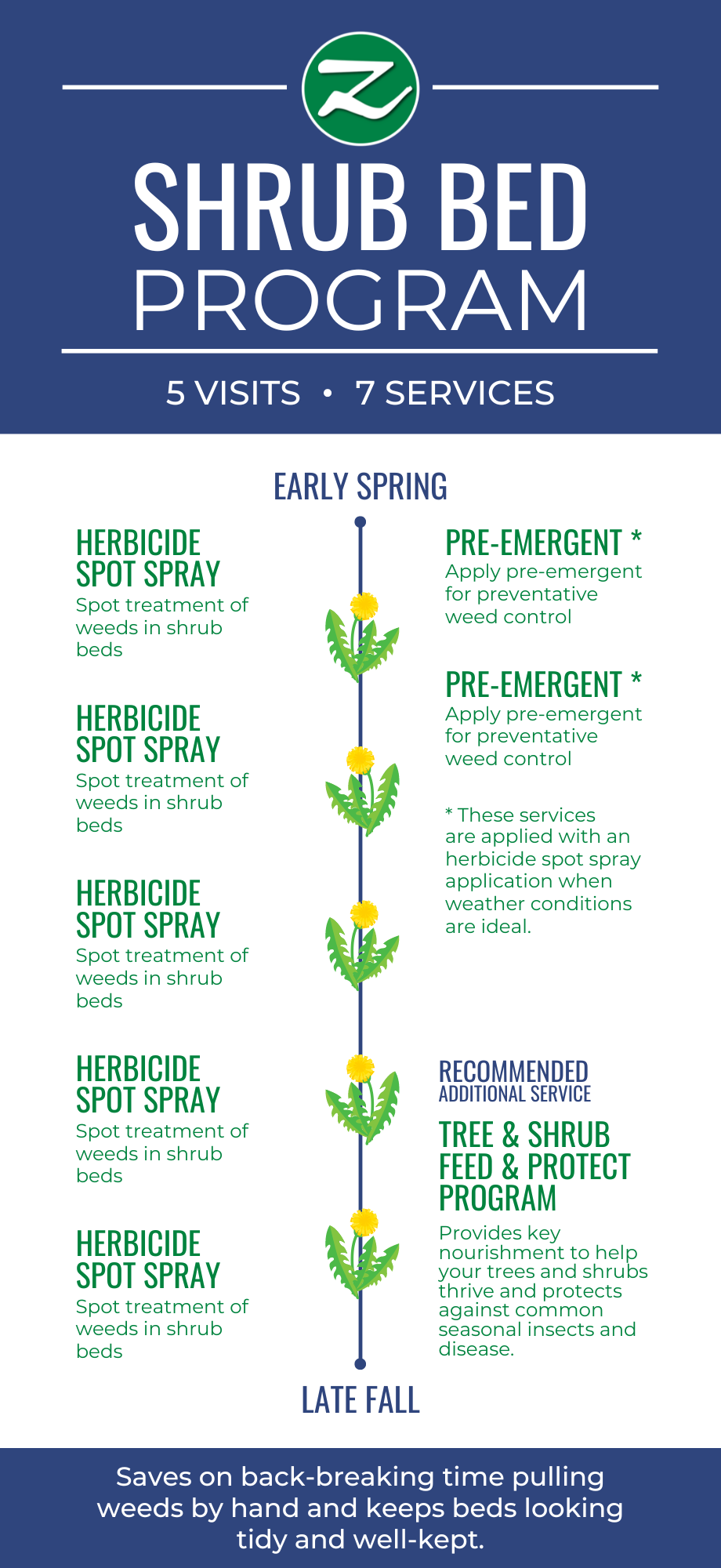

We want our customers to be absolutely delighted by our services! If you have signed up for any of our full season programs and if for any reason you are not absolutely happy with our work, we won’t be happy either.
That means we will immediately send our team to fix the problem, no questions asked. We want you to be completely satisfied with our services. Let us prove it to you!
Educate yourself on proper tree planting techniques and learn how to identify incorrect tree planting. Here are two helpful informational pdf guides on how to properly plant trees:
Tree Planting Steps by Colorado State University Extension
Trees Need a Proper Start – Plant Them Right! by Purdue University Extension
Trees and shrubs are vital to our environment and add beauty to our landscapes. However, they can be susceptible to various issues that can jeopardize their health and appearance. As an Idaho homeowner, it is important to be aware of signs that may indicate problems with your trees and shrubs. Here are some signs to watch out for and what they may mean.
Yellow or brown leaves could indicate several problems. It could be due to insufficient water or overwatering, pest infestation, or disease. Check the soil moisture levels to make sure they are not too dry or waterlogged. Also, inspect the leaves for signs of pests or diseases.
Wilting or drooping leaves or branches could be a sign of disease that affect the tree’s ability to absorb water and nutrients. Overwatering and root rot can also cause wilting.
A sticky substance on your trees or shrubs could be a sign of aphids or other sap-sucking insects. These insects excrete a sugary substance known as honeydew, which can attract other pests and cause fungal growth. These pests can cause damage and may require treatment.
Cracks or splits in the bark of your trees may indicate a serious issue such as a pest infestation or fungal infection. Examine the affected areas for signs of pests or fungal growth, and consult our licensed arborist to assess the extent of the damage.
Read our blog post to learn more about tree Issues that are common in the Treasure Valley.
Learn about sequoia pitch moth in pines from Utah State University.
Here is a helpful article about aphids on shade trees and ornamentals from Colorado State University.
Growing disease-resistant trees will help ensure your trees will thrive in the Treasure Valley. Here’s what you need to know about growing disease-resistant trees, including a few types of trees that are best suited to resist diseases and thrive in Idaho.
Choose Native Plant Species
One of the best ways to ensure your trees can resist disease is to choose species native to Idaho. Native species have evolved to thrive in Idaho’s unique environment, and they are often more resistant to diseases that can afflict non-native species.
Look For Disease-Resistant Varieties
In addition to choosing native species, you can also look for disease-resistant varieties of trees. These selectively cultivated trees are less prone to certain diseases, making them an excellent option for planting.
Resistant to oak wilt and is also tolerant of drought, making it a good choice for Idaho’s dry climate
Resistant to powdery mildew and can be a good choice for areas with high humidity
Resistant to Dutch elm disease, which severely affects other types of Elm trees
Resistant to blister rust, a disease that can harm other types of fir trees
Once you’ve chosen your tree, plant it carefully to give it the best chance of thriving. Make sure to plant your tree in a location that gets the right amount of sunlight, has well-drained soil, and receives the correct nutrients to support healthy growth.
The city of Boise offers a PDF guide to assist you in selecting the appropriate tree species for your property: Treasure Valley Tree Selection Guide
Your trees and shrubs are excellent additions to your property, which is why we are offering our help to keep them in great shape! We provide top-notch tree and shrub care services to ensure your plants are in tip-top health and that they will continue to flourish. We serve communities in the Treasure Valley such as Middleton, Star, Meridian, ID, and surrounding areas. Call our tree and shrub experts today at 208-585-9400 to schedule!
